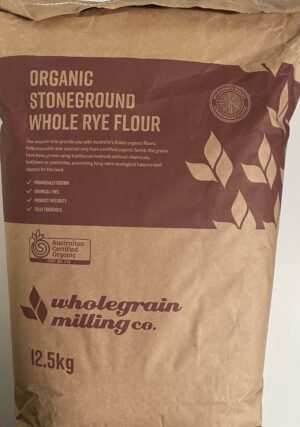
Table of Content
Introduction: Is Autolyse Really Worth It?
Autolyse is a game-changing technique in sourdough baking. It involves resting flour and water before adding the starter and salt, allowing enzymes to do the hard work. But is it always necessary? Let’s dive into when autolyse makes sense and when you can skip it.
.How to Perform Autolyse in Sourdough Baking
Start by mixing just flour and water—no salt or starter yet. Let the dough rest for 20 minutes to 4 hours, depending on your flour type. After autolyse, incorporate the salt and sourdough starter, then continue with kneading or stretch-and-folds.
The History of Autolyse: Who Invented It and Why?
Autolyse was introduced by French baking expert Dr. Raymond Calvel in the 1970s. His goal was to improve bread structure and flavor without over-kneading the dough, and the technique quickly revolutionized French baking. Today, it’s a staple for artisanal sourdough bakers worldwide.
When to Use Autolyse in Sourdough Baking
Autolyse is ideal for coarse and whole grain flours, which absorb water slowly. High-hydration doughs also benefit from autolyse, as it helps gluten develop naturally, resulting in an airy crumb and easier kneading. It’s also key for enhancing flavor complexity.
When Not to Use Autolyse in Sourdough Baking
Not all doughs need autolyse. For low-hydration doughs or quick bakes, skipping it saves time without sacrificing too much quality. If you’re using simple white flours, autolyse might not provide significant benefits. For an in-depth exploration of the enzymatic activity in bread making, visit The Role of Enzymes in Bread Making.
The Science Behind Autolyse in Sourdough
During autolyse, enzymes break down starches into sugars, feeding the yeast and enhancing fermentation. It also strengthens gluten, which leads to a more elastic dough. By resting, you minimize kneading, which can improve both texture and taste. For practical tips on integrating autolyse into your baking routine, check out our Sourdough Baking Tips and Tricks section.
Autolyse and Whole Grain Flours: A Perfect Pair
Whole grain flours benefit immensely from autolyse. Since they absorb water more slowly, a longer resting period allows the bran to soften, improving dough texture and making it easier to work with. For best results, extend the autolyse to 1-4 hours for whole grain loaves.
FAQs: Autolyse in Sourdough Baking
- How long should autolyse last? For sourdough, 20 minutes to 4 hours, depending on your flour.
- Can I autolyse overnight? It’s possible, but longer periods can weaken the dough.
- Best water-to-flour ratio? Typically around 75-80% hydration for sourdough.
- Should I always autolyse whole grain flours? Yes, it improves texture and hydration significantly.
Conclusion: Is Autolyse Worth It for Your Sourdough?
Autolyse is a powerful tool for sourdough baking, especially with whole grain or high-hydration doughs. While it may not be essential for every loaf, using autolyse where it matters can take your bread from good to great. Experiment with it and see how it improves your results!
Join us as we explore the fascinating world of sourdough, one loaf at a time. Unlock your baking potential and discover the secrets of sourdough with Australia’s leading online course Sourdough Bread Mastery Online Course.
Personal Thought from Roberto…
Want to know if autolyse is really worth it for your sourdough? 🤔
Personally, I don’t use it for all my bread and they still turn out great! But if I want the best bread possible, I’ll do it. When I’m in a rush, I skip it. However, if I’m using more than 20% whole grain or ancient grains, autolyse is a must!
Ready to dive deeper into this topic? Don’t miss out on our exclusive video that breaks down everything you need to know in just a few minutes. Click play now and see the concepts come to life with engaging visuals and expert insights. Watch the video to stay informed, get inspired, and take your understanding to the next level. Trust us, you won’t want to miss this!






